Table of Contents
The Emirati flag, also known as the flag of the United Arab Emirates, holds a significant place in the nation’s history and culture. With its vibrant colors and meaningful symbolism, it represents the Emirati identity and heritage. In this article, we will delve into the intriguing aspects of the UAE flag, its design, historical background, and the symbolism behind its elements.
UAE Flag: Colors and Symbolism
- The flag of the United Arab Emirates (UAE) features three horizontal bands – green, white, and black. Positioned on the hoist side is the vertical red band with a white seven-pointed star above it.
- The green color on the flag represents fertility, prosperity, and the agricultural landscapes of the Emirates.
- The white color symbolizes purity, peace, and the unity of the seven emirates that form the UAE.
- The black color represents the rich oil resources of the United Arab Emirates and the strength of its people.
Flag of United Arab Emirates
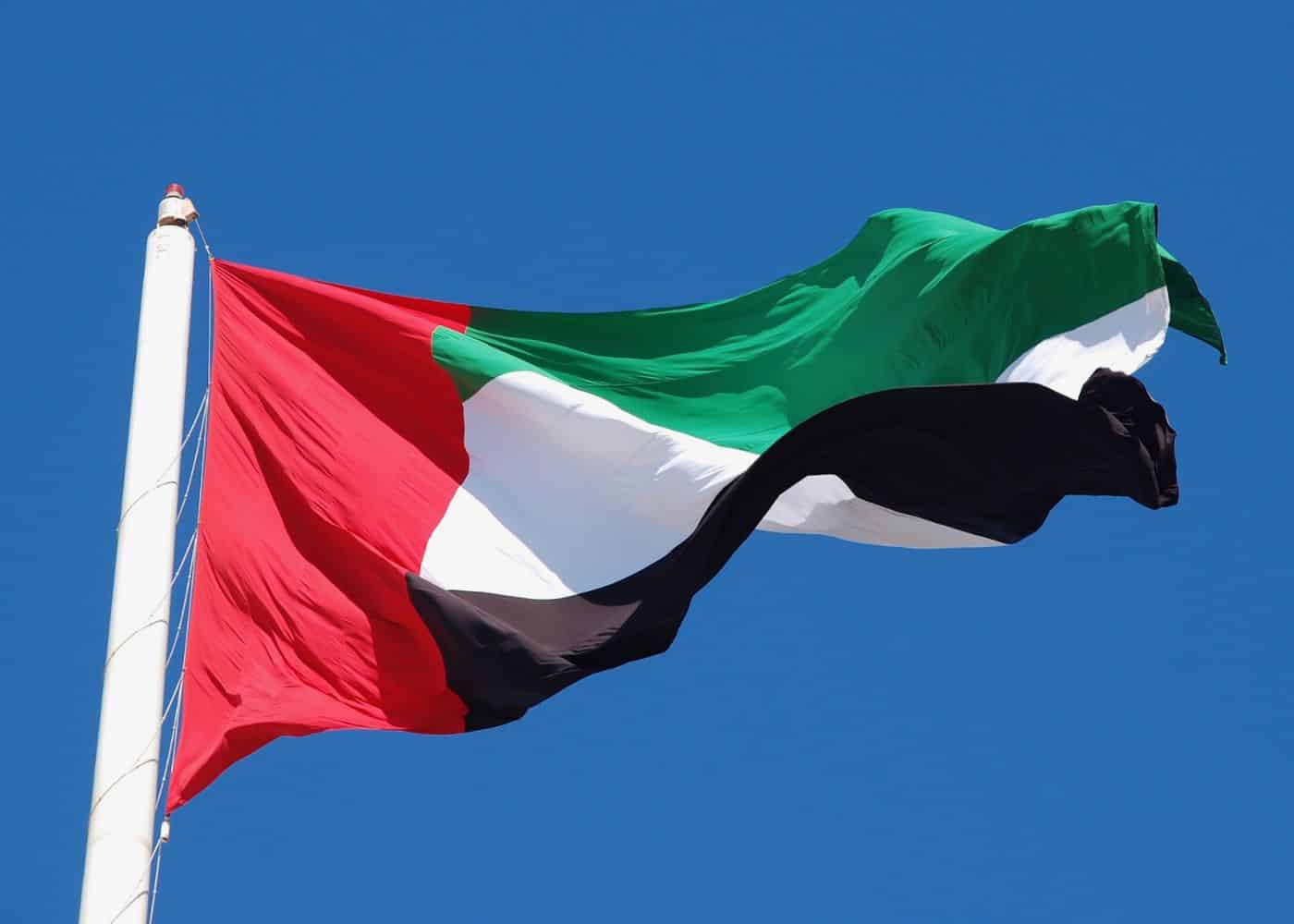
The flag stands as a powerful symbol that encapsulates the cultural significance and spirit of the nation. Its design consists of three horizontal bands – green, white, and black. Positioned on the hoist side is a vertical red band with a white seven-pointed star above it. The green band represents fertility and prosperity, the white band signifies purity and unity, while the black band represents the nation’s rich oil resources and the strength of its people.
The history of the flag is a captivating tale of evolution and resilience. Adopted on December 2, 1971, the flag represents the unification of the seven emirates that form the United Arab Emirates (UAE). Each emirate had its own flag before the union, and the current design was created to symbolize their unity as a single nation.
Beyond its aesthetics, the UAE flag carries deep symbolic meanings. The seven-pointed star represents the seven emirates of the United Arab Emirates (UAE), showcasing their unity and cooperation. The colors reflect the values and aspirations of the Emirati people, representing their connection to the land, their pursuit of peace, and their determination to build a prosperous future.
National Flag Etiquette and Protocol

Respecting the proper usage and display of the UAE flag is of utmost importance. Understanding flag etiquette is essential, especially during national events and ceremonies. Learn about the protocols governing the handling, hoisting, and lowering of the flag. Discover the appropriate procedures for retiring or handling damaged flags, ensuring they are accorded the respect they deserve.
- Proper Handling: Understanding how to handle the flag with care and respect is crucial. It should not be allowed to touch the ground or floor, and it should be held upright and not dragged.
- Hoisting and Lowering: The flag should be hoisted briskly and lowered ceremoniously. It is customary to hoist the flag at sunrise and lower it at sunset, although this may vary depending on the occasion or specific guidelines.
- Displaying the Flag: When displaying the flag vertically, the green band should be on the left side (viewer’s left) and the black band on the right. It should be flown freely and not entangled or obstructed.
- Half-Staff: Lowering the flag to half-staff is a gesture of mourning or respect. This should be done on specific days of remembrance or when directed by authorities to honor national tragedies or the passing of significant figures.
- Flag Retirement: When a flag becomes damaged, torn, or worn out, it should be retired in a dignified manner. This can involve burning it in a respectful and solemn ceremony, following appropriate guidelines and local regulations.
- Flag Size and Placement: The size of the flag displayed should be proportionate to the size of the flagpole or display area. It is recommended to consult local guidelines or authorities for specific rules regarding flag size and placement.
- Respectful Disposal: If a flag cannot be retired through burning, it should be disposed of in a respectful manner. This can involve burying it or handing it over to authorized organizations that specialize in flag disposal.
Interesting Facts and Trivia
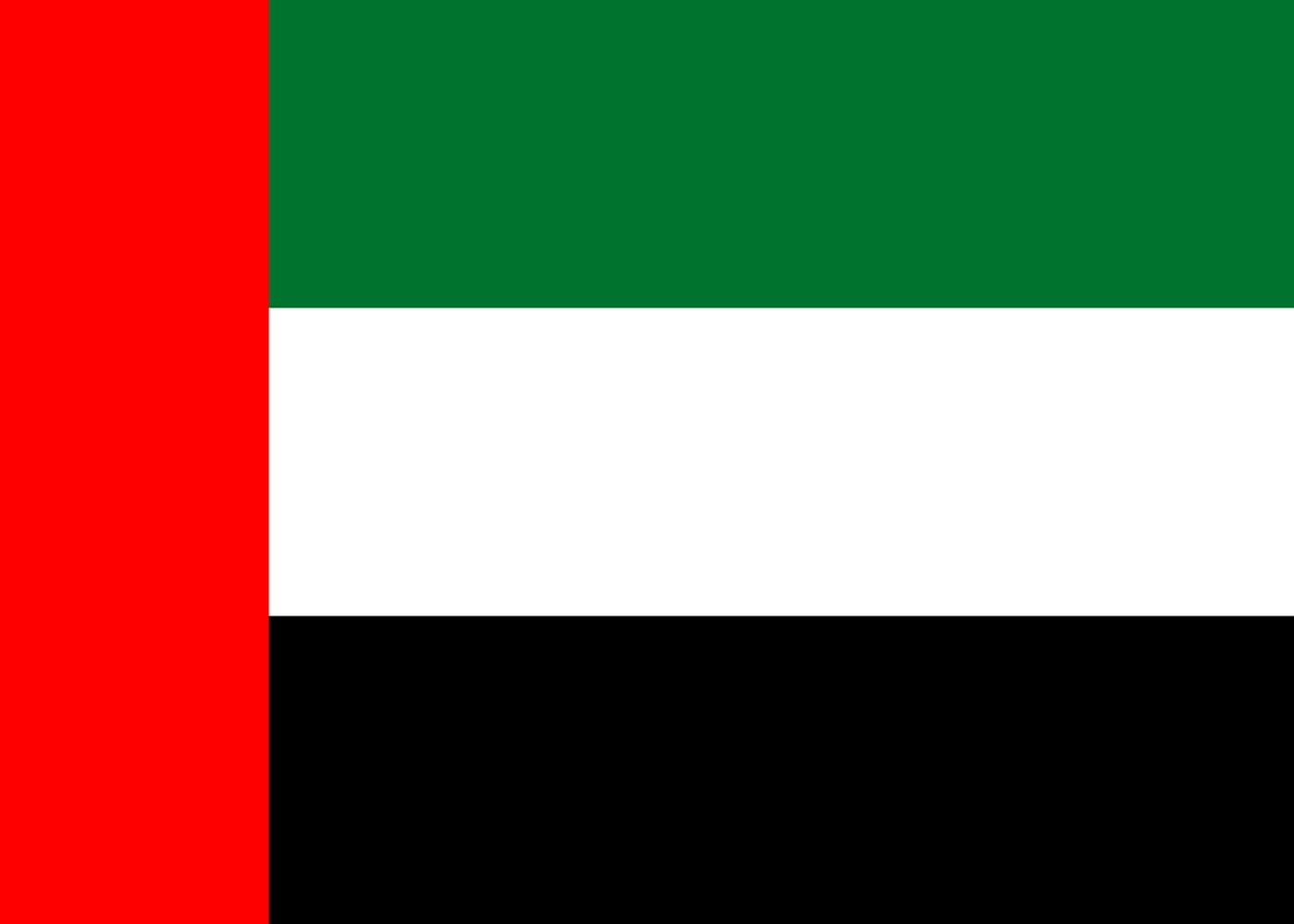
Embark on a journey of fascinating facts and lesser-known trivia about the UAE flag picture. Discover unique features within the flag’s design that hold hidden symbolism. Uncover stories of famous incidents or events involving the flag that have left an indelible mark on the nation’s history and identity. It’s very easy to get a United Arab Emirates tour and visit the country’s most famous destinations.
Rich Tapestry of History
- 1971: The United Arab Emirates was formed on December 2 through the unification of the seven emirates: Abu Dhabi, Dubai, Sharjah, Ajman, Umm Al Quwain, Ras Al Khaimah, and Fujairah. The flag is adopted as a symbol of their unity.
- Colors and Symbolism: The flag features the colors green, white, black, and red. The green color represents prosperity, white symbolizes peace, black represents strength, and red is for bravery and courage, showcasing the spirited and resilient nature of the Emirati people.
- Four-Color Pan-Arab Design: The flag incorporates a design that is a variation of the Arab Revolt flag, showcasing the unity and historical and cultural bonds with other Arab nations.
- National Identity: The flag embodies the UAE’s rich history, cultural heritage, and the nation’s ongoing pursuit of unity, prosperity, and development, standing as a symbol of the country’s rapid growth and its foundations in unity and harmony.
These historical facts highlight significant moments in the history of the UAE flag, showcasing its role in shaping the UAE’s national identity and symbolizing its struggles and aspirations throughout the years.
Flag-Related Symbols and Emblems
A flag is not alone in representing a nation’s identity. Explore additional national symbols and emblems closely associated with the UAE, understanding their significance and how they relate to the flag. Delve into their historical and cultural roots, further enriching your understanding of the UAE’s heritage. It’s easy to travel and make a UAE tour to visit the country’s best destinations.
Symbolisms of the UAE Flag
The flag of the United Arab Emirates holds several symbolic elements that represent the nation’s history, values, and aspirations. Here are the symbolisms of the UAE flag presented in itemized form:
- Green Color: Symbolizes fertility, prosperity, and the agricultural landscapes of the United Arab Emirates (UAE).
- White Color: Represents purity, peace, and the unity of the seven emirates that form the UAE.
- Black Color: Signifies the rich oil resources of the United Arab Emirates (UAE) and the strength of its people.
- Red Vertical Band: Symbolizes bravery, courage, and the sacrifices made by the people of the United Arab Emirates (UAE) in defense of their nation.
- Seven-Pointed Star: Represents the unity and cooperation of the seven emirates of the United Arab Emirates.
These symbolisms in the flag contribute to the country’s sense of identity and pride, reflecting its historical journey and cultural significance.
Flags of Similar Countries or Regions
Examining the flags of neighboring countries or regions can provide intriguing insights. Compare and contrast the flags, exploring similarities in design, colors, or symbolism. Uncover historical and cultural connections between flags, shedding light on shared influences or distinctive identities.
UAE Flag vs Saudi Arabian Flag
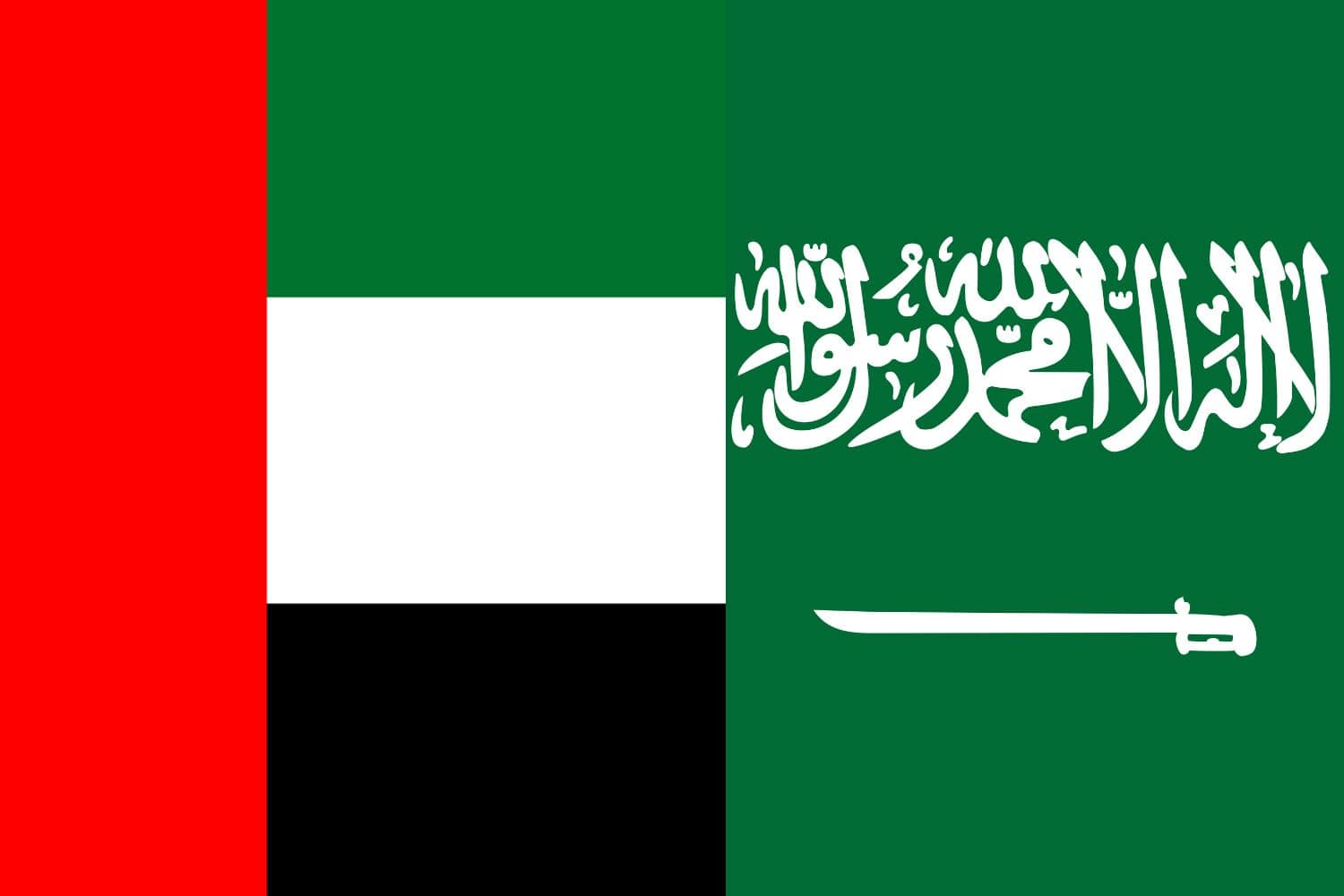
Similarity: Both flags feature the color green.
Difference: The UAE flag has additional colors and symbols, while the Saudi Arabian flag is solely green.
UAE Flag vs Qatar Flag
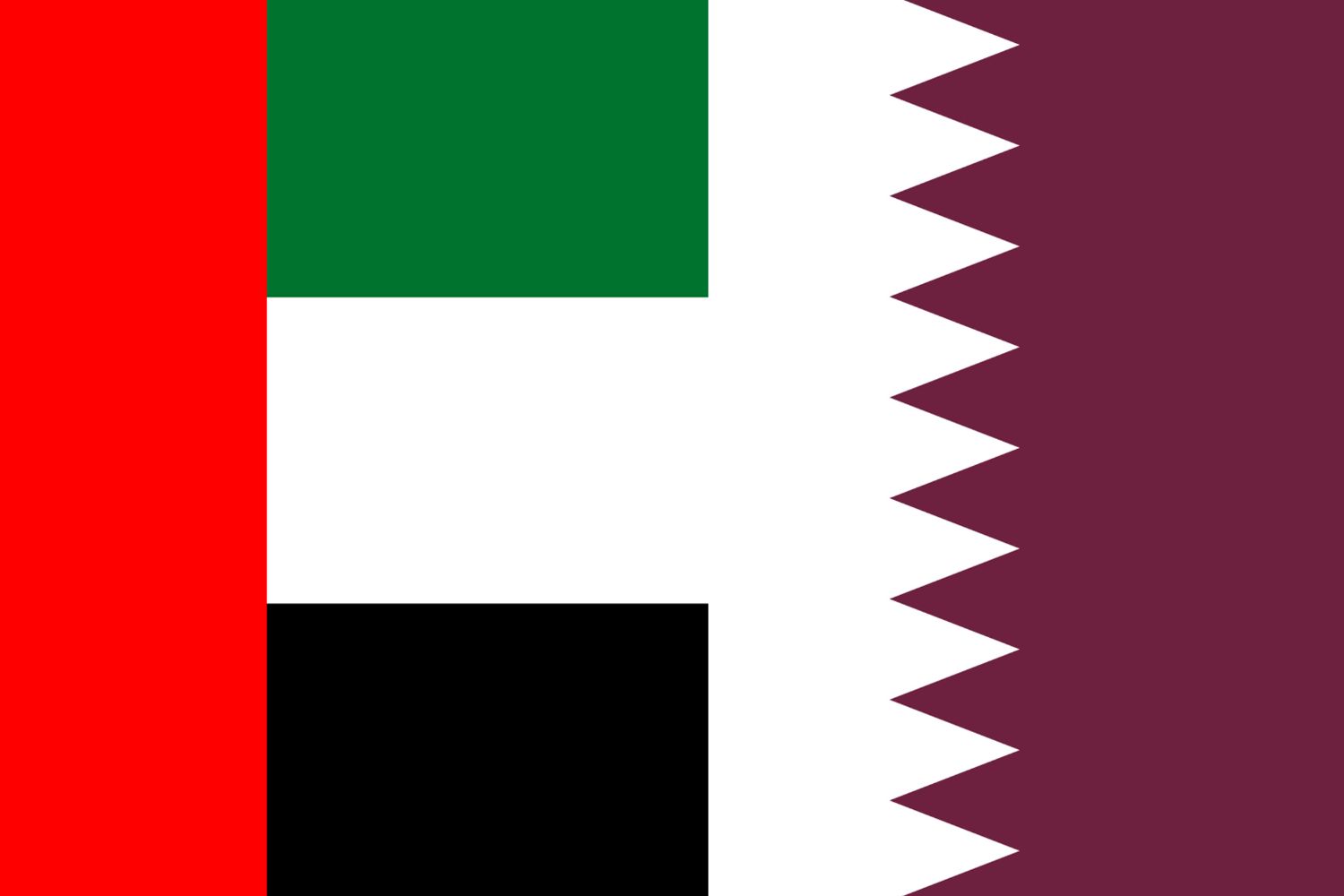
Similarity: Both flags feature the color maroon.
Difference: The UAE flag has additional colors and symbols, while the Qatar flag is solely maroon.
UAE Flag vs Kuwait Flag
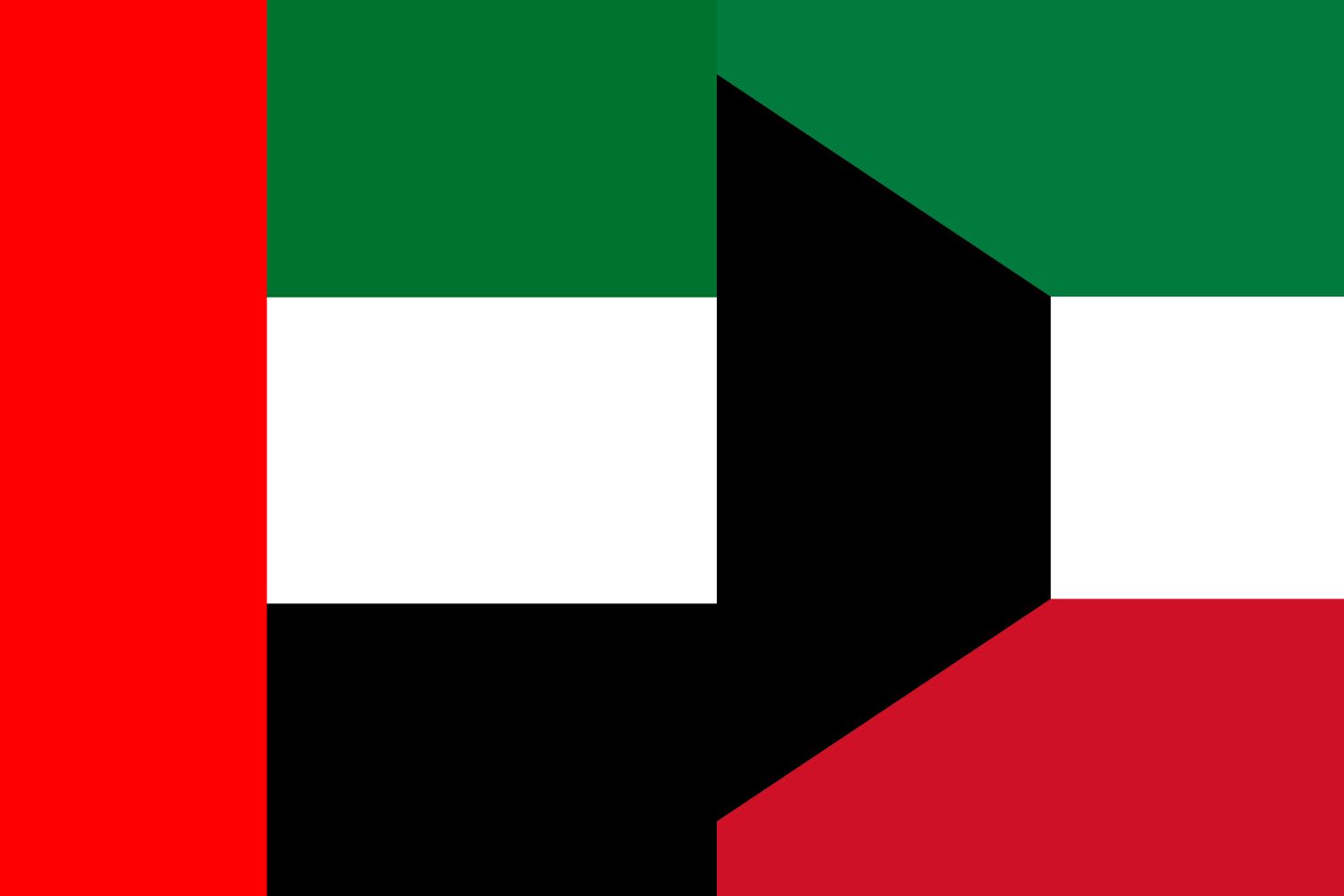
Similarity: Both flags feature the color green.
Difference: The UAE flag has additional colors and symbols, while the Kuwait flag is solely green.
UAE Flag vs Oman Flag
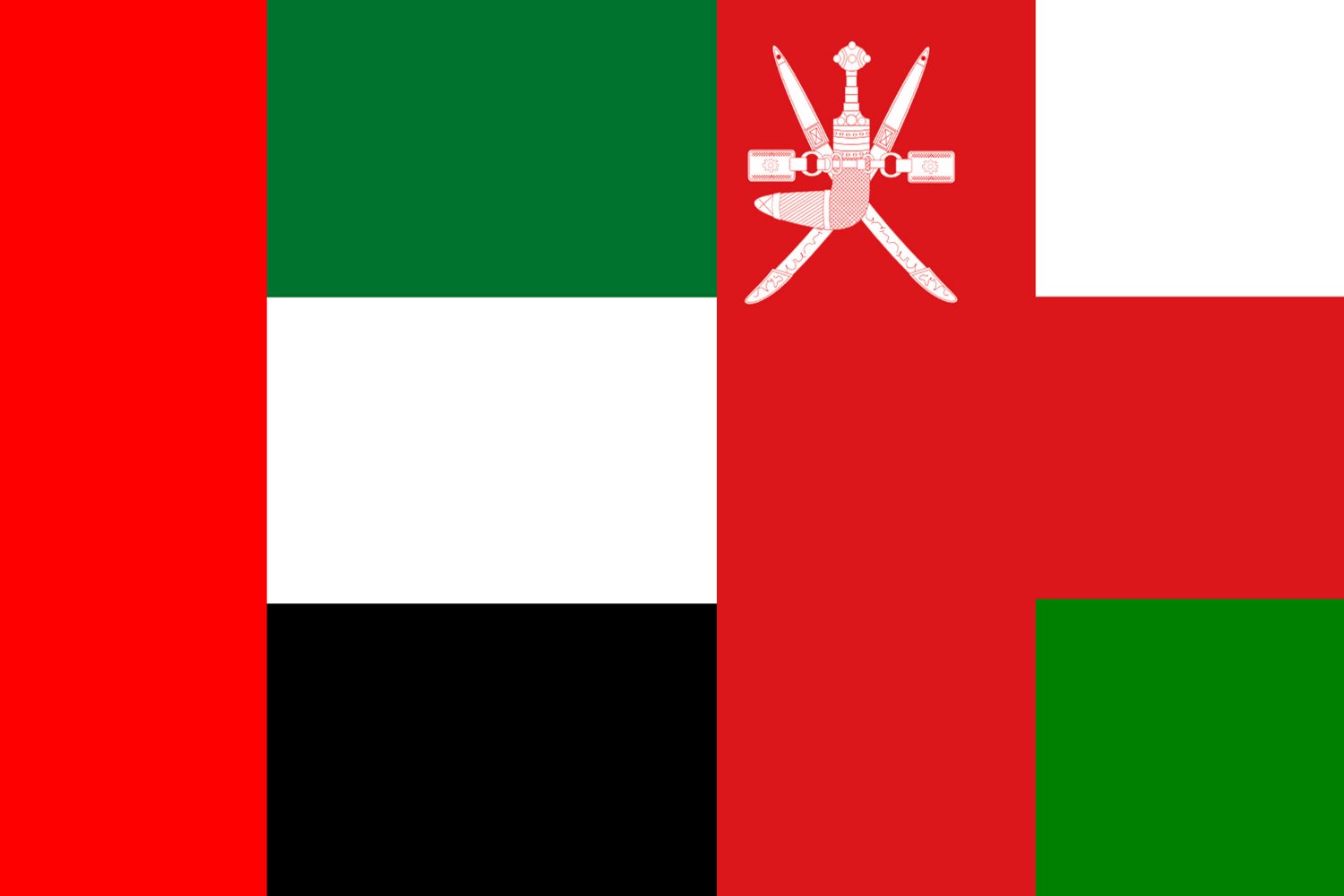
Similarity: Both flags feature the color red.
Difference: The UAE flag has additional colors and symbols, while the Oman flag is solely red.
UAE Flag vs Bahrain Flag
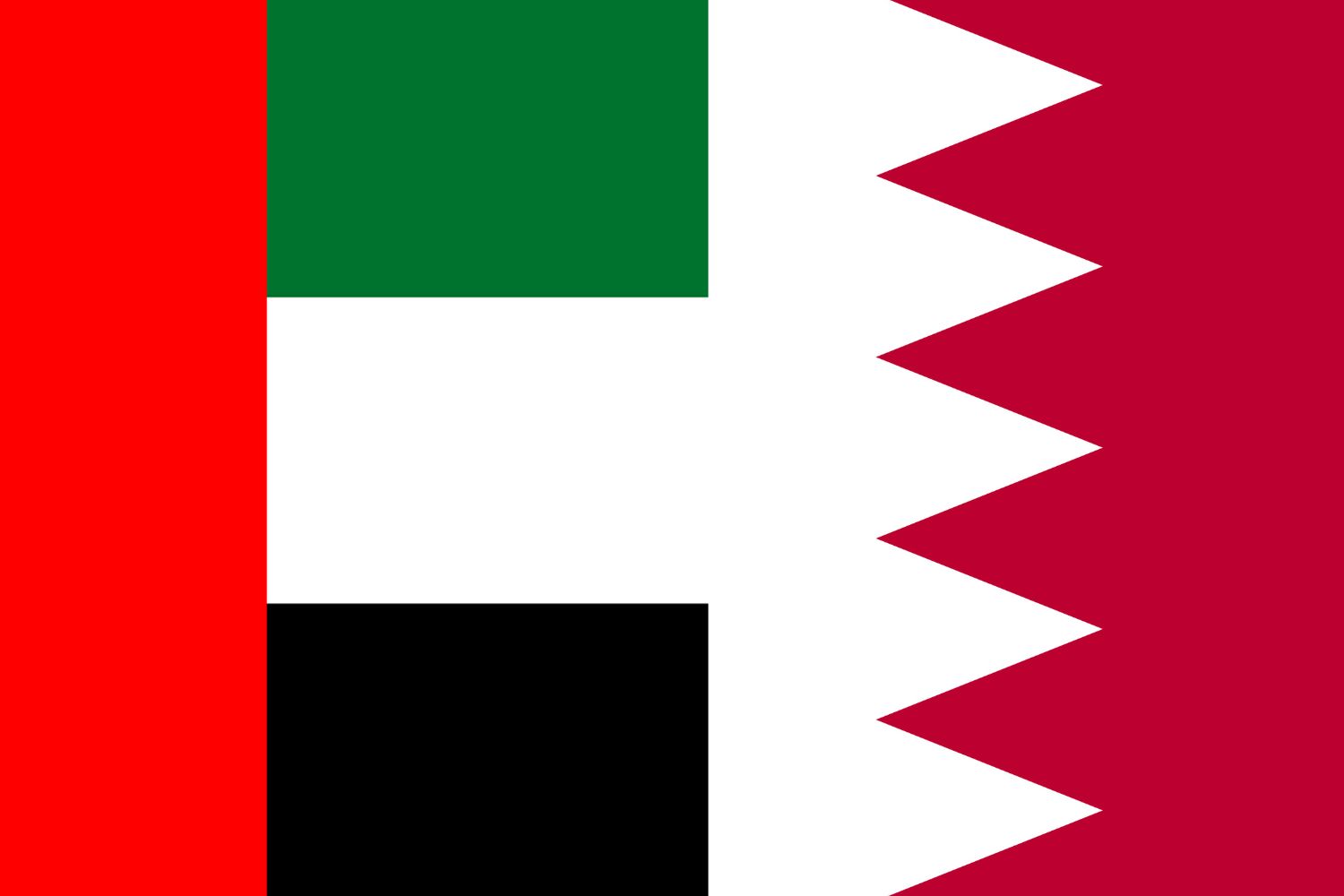
Similarity: Both flags feature the color red.
Difference: The UAE flag has additional colors and symbols, while the Bahrain flag is solely red.
These comparisons highlight the distinct elements and characteristics of each country’s flag while showcasing their unique identities.
Frequently Asked Questions (FAQs)
Discover answers to common questions related to the UAE flag picture. From its historical origins to the symbolism behind its elements, find concise and informative responses that address inquiries commonly posed by those curious about the United Arab Emirates flag.
What are the colors and symbols on the United Arab Emirates (UAE) flag?
The UAE flag consists of three horizontal bands – green, white, and black. In the center, there is a vertical red band with a white seven-pointed star.
What does the green color on the UAE flag represent?
The green color symbolizes fertility, prosperity, and the agricultural landscapes of the United Arab Emirates (UAE).
What does the white color on the UAE flag signify?
The white color represents purity, peace, and the unity of the seven emirates that form the UAE.
What does the black color on the UAE flag symbolize?
The black color represents the rich oil resources of the United Arab Emirates (UAE) and the strength of its people.
When was the UAE flag adopted?
The UAE flag was adopted on December 2, 1971, when the United Arab Emirates (UAE) was formed through the unification of the seven emirates.
Can you explain the historical significance of the UAE flag?
The UAE flag represents the unity of the seven emirates and their determination to build a prosperous future together. It symbolizes the strength, resilience, and aspirations of the Emirati people.
How should the UAE flag be handled and displayed?
The UAE flag should be handled with care and respect, ensuring it does not touch the ground or floor. When displayed vertically, the green band should be on the viewer’s left side. It should be hoisted briskly, lowered ceremoniously, and flown freely without entanglement or obstruction.
Are there specific guidelines for the half-staff display of the UAE flag?
Lowering the UAE flag to half-staff is a gesture of mourning or respect. It should be done on specific days of remembrance or as directed by authorities to honor national tragedies or the passing of significant figures.
What are the proper procedures for retiring a damaged UAE flag?
A damaged UAE flag should be retired in a dignified manner. This can involve burning it in a respectful and solemn ceremony, following appropriate guidelines and local regulations. If burning is not possible, the flag should be disposed of in a respectful manner, such as burying it or handing it over to authorized organizations specializing in flag disposal.
What does the UAE flag symbolize for the Emirati people?
The UAE flag symbolizes the national pride, unity, and shared aspirations of the Emirati people. It represents their cultural identity, heritage, and the achievements of the United Arab Emirates (UAE) as a nation.
More About the United Arab Emirates
[the-post-grid id=”50442″ title=”United Arab Emirates Main page”]
